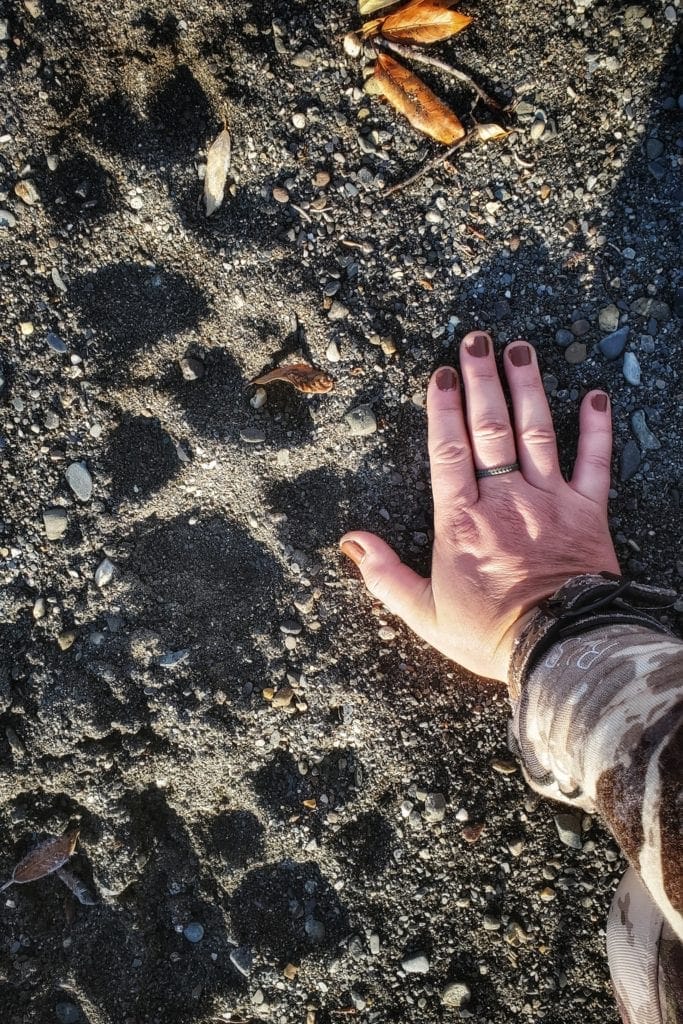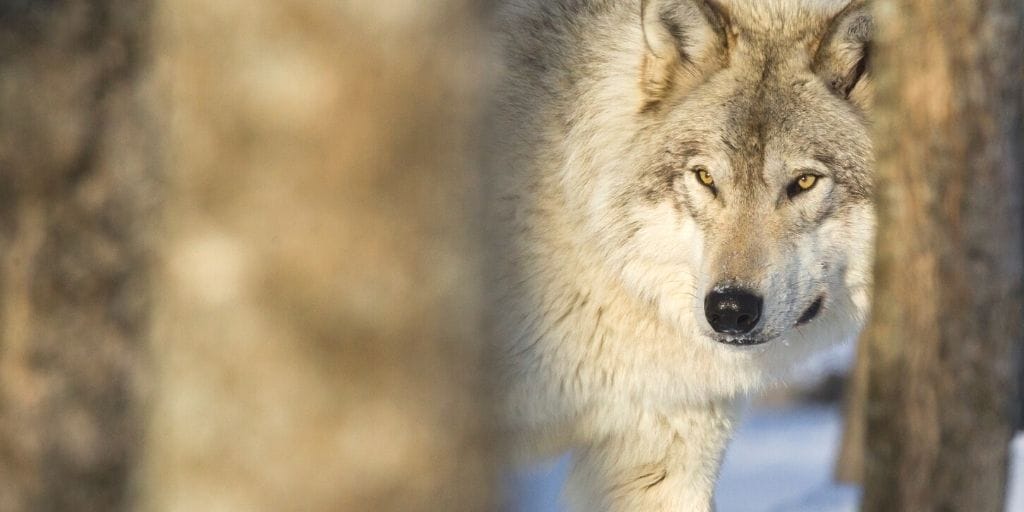It is silly to believe that all species of flora and fauna alive today will still be alive at the end of your lifetime. There is an ebb and flow in nature and human intervention is not always a good thing, or even necessary. Species went extinct for eons before upright, flat-footed, opposable-thumbed beings started meddling.
Like it or not, the human population on this earth is here for a while. It is sustainable given the correct implementation of technology and balance of use. Unfortunately, greed overtook survival as the number one instinct post-industrial age and some places have been ruined until the earth takes over again. Politics have made this scenario even worse.
Want to learn how to hunt? Check out our e-book!
There are many under-developed countries that still need to come to the realization to properly mitigate their natural resources, in this case, wildlife, to sustain remaining populations in appropriate habitats.
Heavily populated areas, farms, and ranches are not appropriate habitats for most predator species and for even some that we do not consider predators.
The Call of the Wolf
To hear the wolf in its appropriate habitat rather than a modern, induced fantasy is a sound I will not forget. The fact that they will answer a human mocking them, arouses a primal sense within your being. That sense is followed by a mildly chilling reality that you’re within minutes, yards even, of an apex predator.

We are fragile, in their habitat, and both wolf and human become aware of each other’s presence.
Necessary Measures to Control Predators
While wolves deserve our respect in their habitat, they also must be mitigated to a measure, to ensure food and fiber is accessible to those who choose a lifestyle in tandem with them and for those who choose the lifestyle as sport.
There has been a big stink with the delisting of wolves from the list of endangered species here in the United States. Some groups are now suing the government.
Anyone who spends any quality time in the wilderness knows for a fact that wolves are not in short supply. Anyone use utilizes public land for farming and ranching, especially in the United States, knows wolves are not in short supply.
The only people who think wolves are endangered are those in metro areas or those who refuse to believe the reality, that these animals are, in fact, plentiful.
Those who have a love affair with wolves will never venture out to see or hear them, let alone witness the utter carnage to wildlife, pets, and livestock. Most who advocated for their outright protection do not agree with hunting. Most have zero capacity to understand the implications of a predator in their vicinity.
“Our pets are descendants of wolves,” they cry. The argument that our domestic dogs came from the gray wolf is increasingly being debunked. It would appear that today’s gray wolf and our dogs share an ancestor rather than act as parent/offspring. A hard pill for the diehard romantics to swallow.
Let’s say that we let nature take its course. It is no secret that wolves go on killing sprees. Again, romantics will state they are over-sensationalized stories when the dead carcasses scattered are evidence of wolves and their sport.
Agriculture and Wildlife at Risk
In Arizona, where the Mexican Gray wolf is a source of contention for ranchers, the Game and Fish Department is going above and beyond to increase their numbers. Not only are the Mexican Grays protected, but hand-reared litters are also placed in wild dens with the hopes the wild packs will accept them and raise them.
The argument that wolves will eat wildlife and leave livestock alone, or that ranchers need to do a better job of containing animals, really has no grip on reality either. When wolves were reintroduced in 1995, it only took 9 days before one pack decided livestock were easier targets.
This has proved a success for growing predator species' numbers in an area where ranchers report and confirm almost one livestock kill per day in a very limited southern part of the state due to wolves.
While predators are necessary for a healthy ecosystem, disallowing for control of their numbers also causes a decline in grazing wildlife.
In Idaho’s Lolo area, a single wolf can kill 21 elk per year, over an average of a 7-year lifespan. This does not include animals that die due to being chased to exhaustion. It does not include aborted fetuses. This number does not include any other species affected by wolves. Wolves have taken their toll on the ungulate population and if wolf numbers in these areas aren’t brought under control, there won’t be ungulates left.
Never, ever, should the general public be involved in the decision to bring wolves, or any other predator species, back into a state or area. In fact, legislators shouldn’t have a say in it either. It should be left to scientists, field biologists, and wildlife managers. Colorado, for example, recently made this horrible decision and the voters responsible for their increased numbers will never have to deal with the repercussions.
We nearly witnessed a ban on black bear hunting in California earlier this month. How do we get people to understand? Maybe we should just keep them in the dark? Out of sight out of mind? But, that isn’t the right way.
It is a continual uphill battle between conservationists and scientists who know that these predators are essential but need to be controlled and those who just don’t have a clue about the world outside their concrete jungle.




